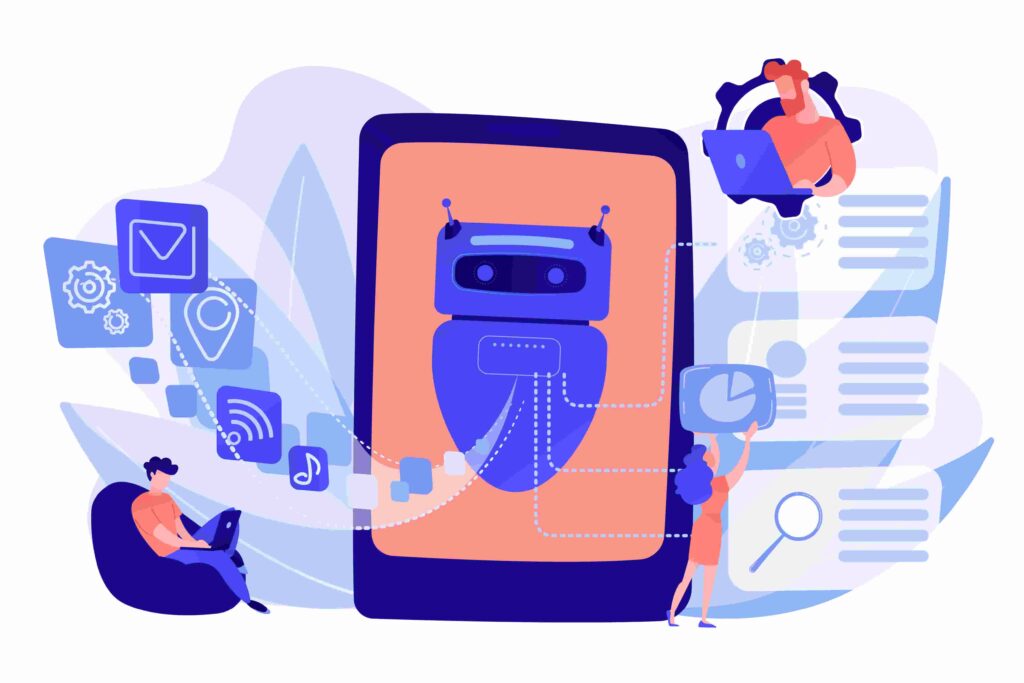Changes in society have a direct impact on consumer habits and demands. And with new trends emerging all the time, it’s important to constantly understand who the customer of the future is.
Knowing your customer tendencies and preferences can help your company avoid falling behind the competition and incurring higher losses.
For example, who remembers Kodak today? The company was once the world leader in the photography market, but because it failed to recognize trends in the industry, it went bankrupt.
To help your business avoid the same fate, we’ve prepared this article for you. Find out what to expect from the future of customer experience and see how you can improve your service.
Who are the consumers of the future?
In 2023, a Brazilian study conducted by SEBRAE identified four types of new consumers:
- Anticipators: They are cautious and therefore look for brands that can offer security and stability. In other words, they expect and respond well to loyalty and reward actions, for example.
- Non-conformists: They are committed to building a better world for everyone, and they use the internet and technology to do so. The keyword for this consumer profile is diversity, and that’s why they look for brands and companies that value transparency, ethics, and the development of products for different cultures and people.
- Drivers: They like to think outside the box, are resilient and multitasking, so they are looking for new experiences and hypersensory moments. These consumers will seek the metaverse, virtual experiences, and virtual or augmented reality, so it’s a good idea to use gamification in retail.
- New Romantics: They are looking for products and services that have a positive impact on society and the environment. That is, they seek brands that focus on sustainability, products that are inspired by nature and offer sensory experiences, and products that include well-being rituals.
Also, when we talk about customer service trends, the CX Trends 2023 report published in Brazil highlighted that the consumer of the future requires fast resolution of issues and requests.
Particularly since the COVID-19 pandemic, access to the internet and smartphones has become more democratized. As a result, communication between people has become faster, and the expectation for immediate responses through their preferred digital communication channel has extended to customer relationships with companies.
In addition, the consumer of the future uses tools to find products or services, check feedback from other customers, compare, and make informed purchasing decisions.
Then, the buying experience is important to the consumer of the future, as they value experiences that offer convenience, innovation, and exceptional customer service.
They also seek products and services that are personalized and tailored to their individual needs and preferences. Therefore, personalized service is a key factor in their purchasing decision.
Read more: Consumer behavior: everything you need to know to serve your customers well
How to identify changes in consumer behavior
Consumer behavior refers to the attitudes and influences that lead people to decide to buy a product or a service. Then, it can be identified through analyses and surveys to gather data on preferences, habits, and opinions.
One way to do this is to conduct NPS surveys at the end of a service. Regular satisfaction surveys or feedback also help identify trends that can anticipate the desires of customers of the future.
It’s also important to monitor customer conversations and discussions on social media platforms. It can help you identify new trends and opinions about your products and services.
How to create service strategies for the customer of the future
The CX Trends 2023 report found that 81% of executives see customer support and experience as increasingly important priorities for the coming years. Also, 77% of them have had a positive ROI by investing in experiences based on the trends of the customer of the future.
In light of these trends, it’s critical to align your strategy with the following considerations:
- Artificial intelligence in the buying journey: Data collection automation with artificial intelligence has become essential for mapping the customer buying journey;
- More conscious consumption: The customers of the future are increasingly concerned about environmental and social issues. They prefer brands that demonstrate social responsibility, sustainability and ethics;
- High purchase volumes: In this new buying scenario, are filling their carts and buying more products that are considered important or essential;
- New experiences and connections: Focusing on the future of customer service is also an important action. Therefore, invest in more personalized communications with customers and an omnichannel platform to meet consumer needs.
Why investing time and money to learn more about the customer of the future is important for customer service
Understanding the customer of the future helps you identify the right customer profile for your business. Investing in studies and analyses with a focus on that can provide insights for improvements in processes, areas, and even products.
Not to mention that it can help you identify technologies to improve the customer experience or support your team. And the result of this investment, if done well, is a positive ROI.
After all, satisfied customers are more likely to buy from your company again. And, when you consider the cost of acquiring new customers, improving the customer experience is a positive solution.
In short, investing in studies to understand the profile of the customer of the future is a strategic decision that will bring multiple benefits to your company, such as increased competitiveness, customer loyalty, and sustainable growth.
How to serve the customer of the future in such a dynamic world
The customer of the future is demanding, well-informed, and seeks personalized and meaningful experiences. To meet expectations in an increasingly digital and dynamic world, companies must first assess what their own audiences want and then find ways to implement new developments.
With new trends emerging all the time, you don’t have to worry about whether you should embrace them or not. This formula can always be your guide: identify a new fact/trend -> measure your audience’s expectations through studies and analyses -> evaluate your internal processes to understand whether it is possible to implement it.
However, speaking of the current customer service scenario, the CX Trends 2023 report highlights that 67% of executives expect to increase investments in artificial intelligence in their customer service systems. In other words, pay attention to this trend!







